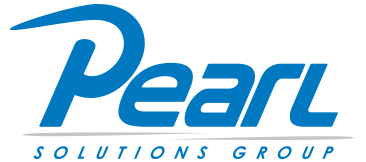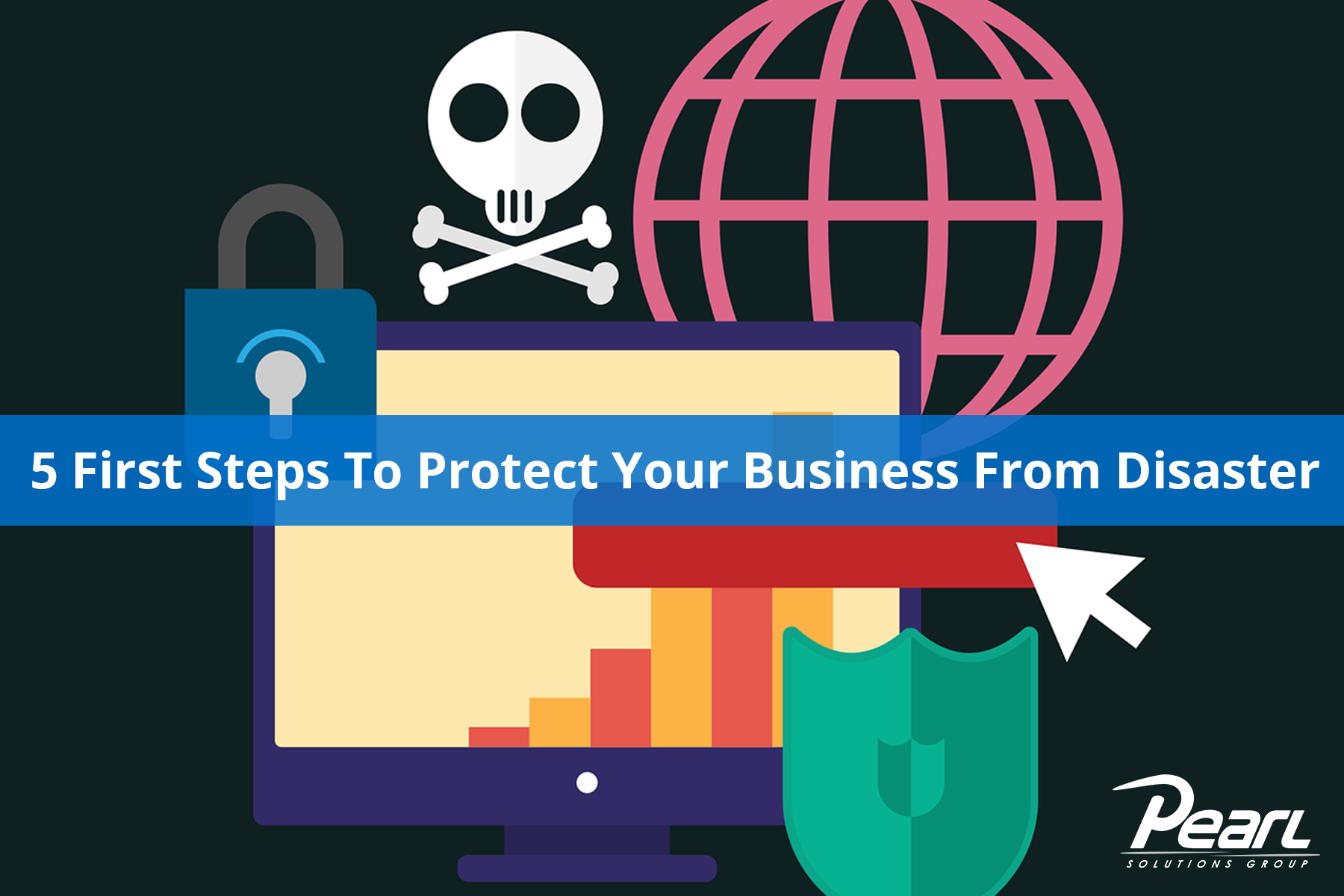September is National Disaster Preparedness Month. How fast could your business be back up and running after a natural disaster, server crash, virus attack, or other data-erasing catastrophe? Here are five first steps to protect your business:
- Review your business insurance carefully. Most businesses carry some type of general liability insurance that would pay them if their building and the things in it were damaged. However, many businesses do not have enough coverage to replace all the computer equipment and devices, desks, art, supplies, or even data-related loss and business interruption. Make sure you review your policy every year and keep in mind new additions and assets you have accumulated during that year.
- Consider Cloud Computing. One of the biggest advantages of cloud computing is that your data and assets are stored off-site in a highly secure, high-availability data center, with failover and redundancy built in. That means that if your building were destroyed and you had to evacuate, or if your server melted down due to an unexpected hardware failure, everything you have worked so hard to create over the years is safe and not a sitting duck in your unsecured closet or server room.
- Secure your data. Making sure that your data is protected from theft is a never-ending battle you don’t want to lose. Companies that get hacked and expose sensitive client and employee data can face severe penalties, lawsuits, and massive loss of credibility in the marketplace. Make sure you never have to send an email to your customers explaining the bad news that a hacker accessed their info through you. Further, if you keep any sensitive information (even passwords to portals containing sensitive information) on portable laptops, phones, and other devices, make sure you have a way of controlling and safeguarding that information.
- Write a simple disaster recovery plan. The keyword here is “simple”. If your plan gets too complicated, you won’t do it. At a minimum, plan for a disaster that is most likely to happen and that would have a severe and negative impact on your company’s survival.
- Review your employee internet policy. With so many people re-using passwords, blurring the line between business and personal devices, and wider audience access with social platforms, it is important that your employees know what the business expectations are. Consider content-filtering software to block content and websites that you do not want to be associated with your business.
Once you have the basics implemented, reach out to an experienced IT service partner for a more complete disaster recovery assessment. They can help you identify, and correct if necessary, questions like what backups, security, and business continuity systems are in place and are they sufficient; is all of your critical data being backed up every day; are you protected from threats to the security and integrity of your critical business data; and do you have a plan and budget to rebuild your server and recover your data if you have to?




